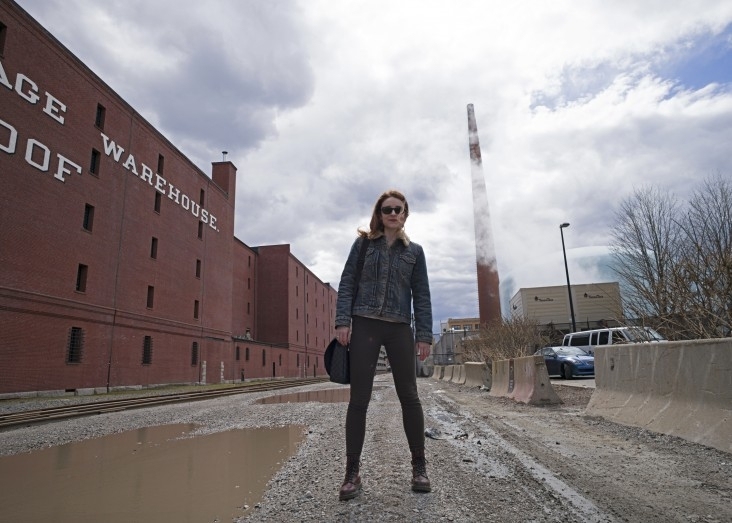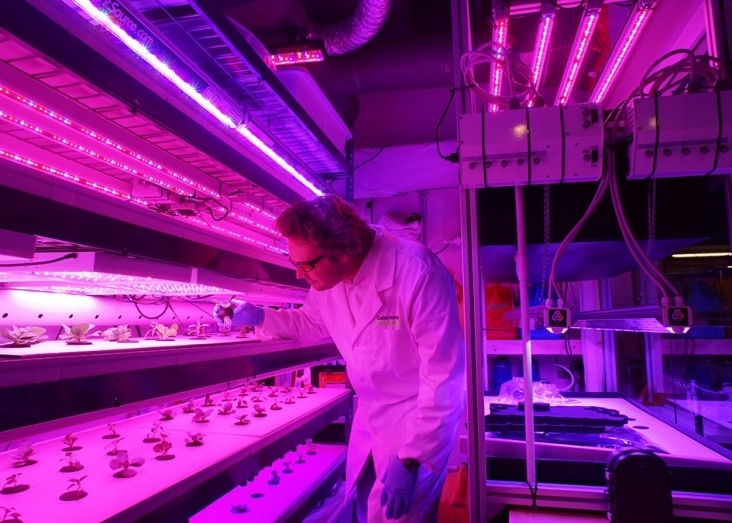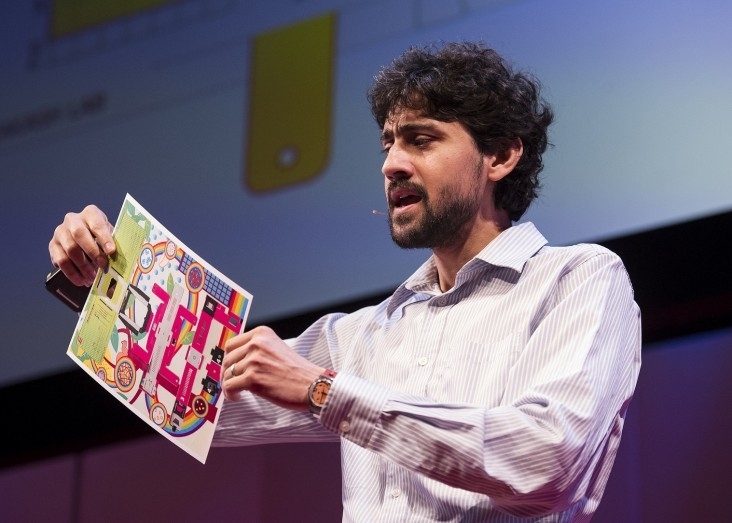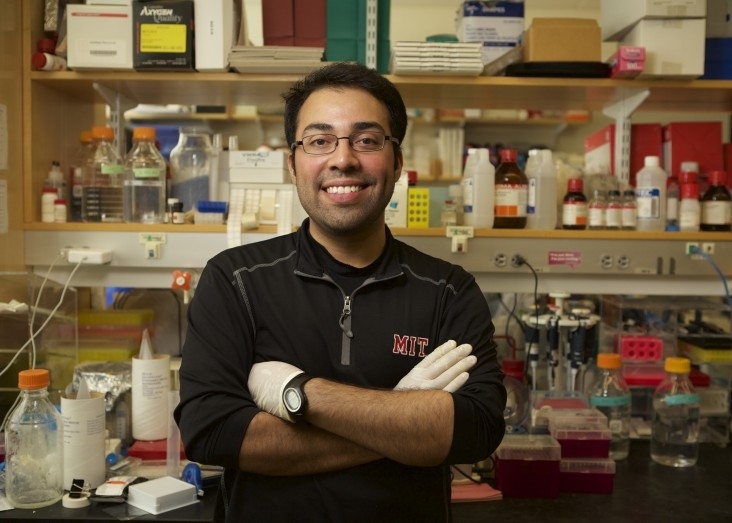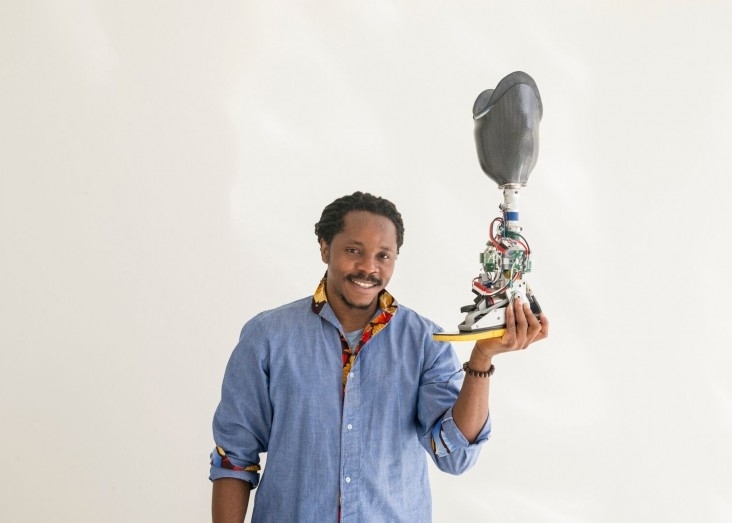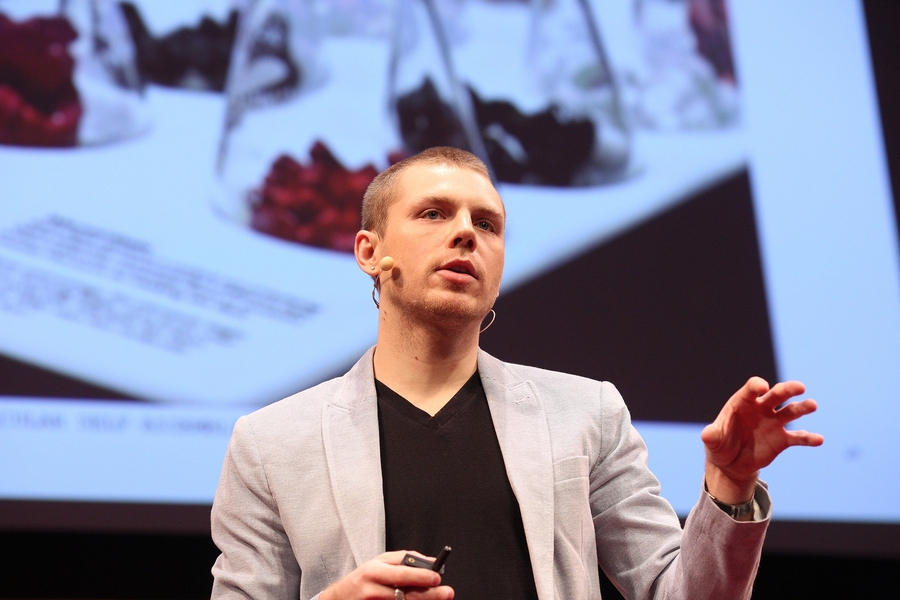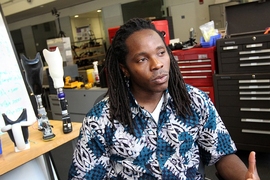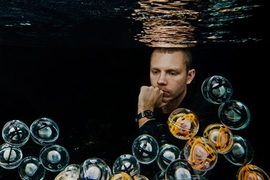The 2015 National Geographic Emerging Explorers program has honored six explorers with ties to the MIT community. The program, which defines explorers broadly to include scientific and intellectual exploration, seeks to identify and support “young trailblazers whose ideas are helping change the world.”
“Our emerging explorers are inspiring young visionaries who are looking at ways to remedy global problems and are undertaking innovative research and exploration,” says Terry Garcia, National Geographic’s chief science and exploration officer, in an announcement on the organization’s website. “They will help lead a new age of discovery.”
The class of 2015 includes 14 individuals in fields ranging from paleoanthropology and urban agriculture to biomedical engineering and marine conservation. The six Emerging Explorers with ties to MIT are:
Leslie Dewan SB ’07, PhD ’13
An MIT-trained nuclear engineer and self-described environmentalist, Dewan believes nuclear power is the best way to produce large amounts of carbon-free energy and combat climate change. Her company, Transatomic Power, has designed a molten salt reactor that could safely and efficiently convert existing stockpiles of nuclear waste into enough electricity to power the world for 72 years.
Caleb Harper MA ’14
Harper seeks to reimagine agriculture by adapting it to produce high-quality food in the heart of future cities. He is the founder and lead researcher of CityFARM, part of the Changing Places group in the MIT Media Lab.
Manu Prakash SM ’05, PhD ’08
Cited for his vision for “frugal science,” Prakash designs inexpensive laboratory instruments, such as the Foldscope, a microscope made of paper, for use in the developing world. Now an assistant professor at Stanford University, Prakesh did his graduate work at the MIT Media Lab.
Steve Ramirez
Ramirez is a PhD candidate in MIT's Department of Brain and Cognitive Sciences. After a cousin suffered a brain injury during childbirth and lapsed into a coma, Ramirez became fascinated by how the brain works. Today, he explores how memory functions — research that one day may be used to treat depression or posttraumatic stress disorder (PTSD) — or that may even lead to a cure for Alzheimer’s.
David Sengeh SM ’12
National Geographic labeled Sengeh a “Renaissance man” for activities that range from rapping to heading a global charity to developing the next generation of prosthetic sockets and wearable mechanical interfaces. He is currently a PhD student in the Biomechatronics Group in the MIT Media Lab.
Skylar Tibbits SM ’10
Tibbits explores programmable materials and “4-D printing” — materials that transform over time by reconfiguring, changing shape, or adapting to their environment. Trained in both architecture and design computation, he directs the Self-Assembly Lab in the MIT Department of Architecture.
Each of the honorees receives $10,000 to support his or her work. National Geographic is promoting the program and the work of its 2015 class with a series of activities from June 8-12 called Explorers Week.
To read interviews with the honorees, visit National Geographic’s Emerging Explorers Web page.
